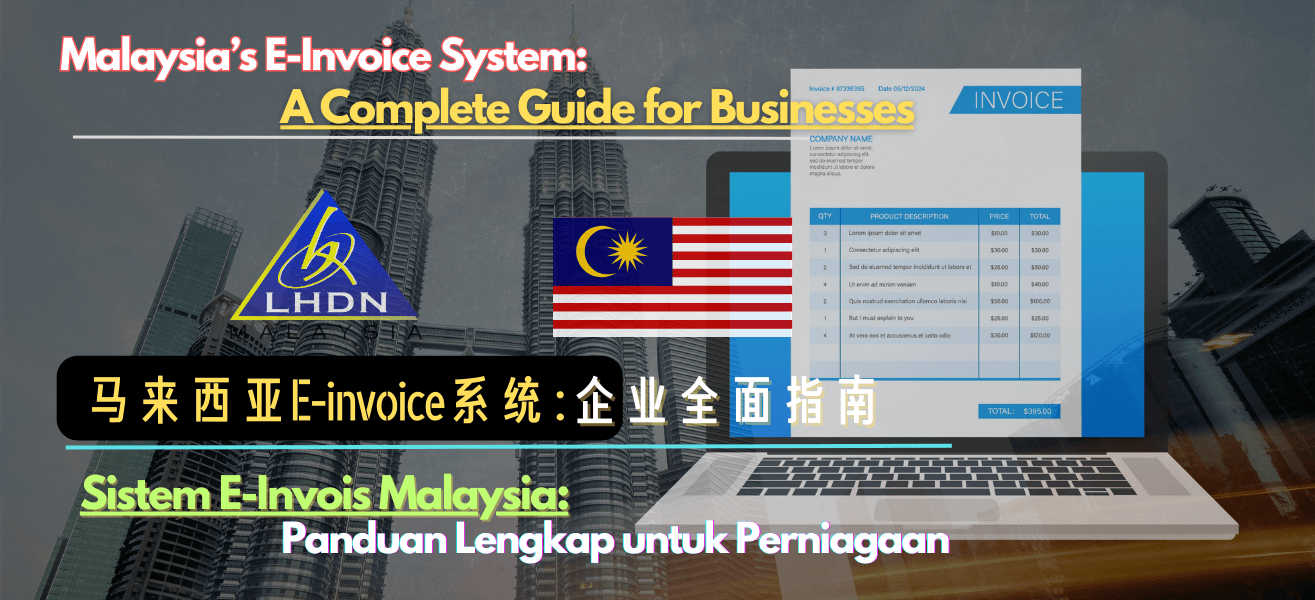When it comes to global trade, understanding the Harmonized System (HS) Code is crucial. This code is a standardized numerical method of classifying traded products used globally. In Malaysia, the HS Code serves multiple purposes, including determining tax rates, identifying restrictions, and streamlining the customs clearance process. Here’s an in-depth guide to the significance of HS Codes and their applications.
What is an HS Code?
The HS Code is an internationally standardized system of names and numbers to classify products. It is developed and maintained by the World Customs Organization (WCO) and is used by more than 200 countries as the foundation for their customs tariffs. The code typically consists of 6 to 10 digits, where the first six digits are uniform worldwide, and the subsequent digits vary depending on the country’s requirements.
Structure of a 10-Digit HS Code

- First 2 Digits (Chapter): These represent the chapter of the product, grouping it into broad categories such as chemicals, machinery, or textiles.
- Next 2 Digits (Heading): These provide a more specific category under the chapter. For instance, within machinery, this might distinguish electrical machinery from non-electrical machinery.
- Next 2 Digits (Subheading): These further specify the product type under the heading, offering more precise classification.
- Last 4 Digits: These are used for national classification. Countries add these digits to address specific needs like tariff rates, trade policies, or statistical data collection.
Why Some Countries Use Only 8 Digits

The first six digits of the HS Code are standardized internationally to ensure global uniformity. Some countries add only two additional digits for their local classification, creating an 8-digit code. This simpler system is sufficient for countries that do not require further specificity for their taxation or trade monitoring. However, countries like Malaysia add four digits to make a 10-digit HS Code, enabling more detailed tracking, tariff categorization, and policy implementation.
The Role of HS Code
1. Accurate Tax Calculation
HS Codes are critical for determining the appropriate import duty, sales tax (SST), and other charges for goods. Different products have varying tax rates, and misclassification can lead to overpayment or underpayment of taxes, resulting in penalties or delays.
2. Identifying Trade Restrictions

Certain goods are subject to specific trade restrictions or require permits. The HS Code helps customs authorities quickly identify such goods and enforce regulations. For instance, agricultural products may need approval from MAQIS, while machinery may require MITI permits.
3. Ensuring Compliance with Trade Agreements

The HS Code is essential for leveraging trade agreements such as:
- ATIGA (ASEAN Trade in Goods Agreement)
- ACFTA (ASEAN-China Free Trade Agreement)
- AFTA (ASEAN Free Trade Area)
- CPTPP (Comprehensive and Progressive Agreement for Trans-Pacific Partnership)
- RCEP (Regional Comprehensive Economic Partnership)
These agreements are designed to promote regional economic integration by reducing or eliminating tariffs and trade barriers among member countries.
Benefits of Free Trade Agreements (FTAs):
- Reduced Tariffs: Businesses can save on import/export duties if their goods qualify under the agreement.
- Market Access: FTAs open up markets that might otherwise be restricted or heavily taxed.
- Competitive Advantage: Preferential treatment can make goods more competitively priced in foreign markets.
- Simplified Procedures: Some agreements include provisions to streamline customs processes.
Using HS Code to Maximize FTA Benefits:
To take advantage of FTAs, it’s essential to:
- Verify if your goods qualify under the rules of origin for the specific agreement.
- Ensure accurate HS Code classification to avoid disqualification.
- Obtain the required Certificate of Origin (COO) to prove eligibility.
4. Submitting HS Code for Customs Clearance
To import goods into Malaysia, the HS Code must be submitted in the Bill of Lading (BL) and other customs documentation. This information helps determine applicable taxes, import duties, and sales tax (SST).
Additionally, some goods may require permits from regulatory bodies such as:

- MAQIS: For agricultural and food products.
- MITI: For regulated machinery and industrial items.
- Other Agencies: Depending on the product category.

5. Deciding on Certificates of Origin
The HS Code also plays a role in determining the need for a Certificate of Origin (COO). This document certifies the country of manufacture and determines if your product qualifies for preferential tariffs under FTAs such as ATIGA or ACFTA. You can verify the COO’s suitability through the Malaysian Customs Department’s website.
How to Determine the Correct HS Code
Accurate classification of goods is vital. In Malaysia, you can:
- Use the Royal Malaysian Customs Department’s website to search for HS Codes.
- Consult a customs broker for expert advice.
- Refer to the WCO’s Harmonized System guidelines.
Challenges of Misclassification
Using an incorrect HS Code can have significant consequences:
- Delays in Customs Clearance: Goods may be held up until the correct classification is determined.
- Fines and Penalties: Misclassification can lead to financial penalties or legal issues.
- Ineligibility for Trade Benefits: Incorrect codes may disqualify goods from preferential tariffs under trade agreements.
Tips for Using HS Codes Effectively
- Double-check the Classification: Use official resources and consult experts if needed.
- Stay Updated: HS Codes are periodically revised, so ensure you use the latest version.
- Provide Accurate Documentation: Ensure all customs documents include the correct HS Code to avoid delays.
- Leverage Technology: Use customs software or online tools for faster and more accurate classification.
Conclusion
The HS Code is more than just a classification system—it is a vital tool for ensuring smooth, efficient, and compliant trade operations. By understanding its importance and using it correctly, businesses can avoid costly errors, maximize trade benefits, and contribute to a streamlined global trading environment.
Subscribe to Our GPT Service
Struggling to find the right HS Code or understand your import duties? Let us help! Our GPT service provides expert guidance to:
- Identify the closest HS Code for your products.
- Advise on import duties, SST, and trade restrictions.
- Help you navigate permits and Certificates of Origin.
Subscribe Now to streamline your import/export process and save time and money.
For more insightful blogs, visit our Stooper Blog Page.
 MYR 1 →
MYR 1 → USD: 0.2358
USD: 0.2358  SGD: 0.3036
SGD: 0.3036  EUR: 0.2083
EUR: 0.2083  THB: 7.6927
THB: 7.6927  KRW: 323.1171
KRW: 323.1171  CNY: 1.6972
CNY: 1.6972  JPY: 33.6755
JPY: 33.6755 


















